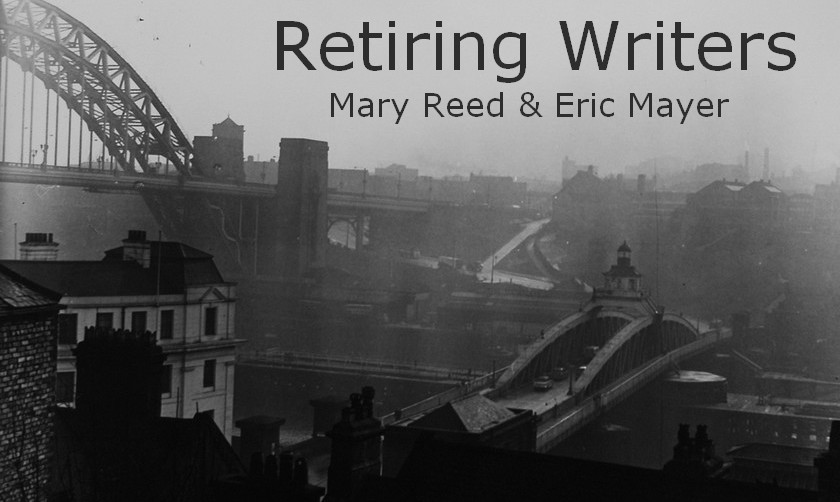In my early teens the grammar school I attended arranged for groups of girls chaperoned by a teacher to spend a weekend at its camp, housed in the former school building in Muggleswick, a hamlet in County Durham.
Having travelled by coach from Newcastle we were set down amid bleak, wind-swept moorland, dominated by knee-high ferns but with few trees. Continuing the journey on foot we marched through what was an alien landscape for us city girls. I have since learned that in 1890 Muggleswick consisted of three farms and a few cottages. In our time it was not much bigger.
Our first night of camping indoors began with our teacher combining every tin of soup we'd brought into a dish I can only describe as having an unusual appearance and memorable flavour, each of us having brought a supply of tinned food and necessaries in haversacks lent by the school. A particularly vivid memory of that weekend is that it was the first time I'd seen farm animals on the hoof.
During our visit we wandered about the moor but always stayed within sight of our base. In retrospect it was a pity because had I ventured further afield I would have visited the settlement's Church of All Saints.
I have found there's always something interesting to be seen in even the smallest church but in this case it was outside the building. When recently describing this trip to Eric I googled Muggleswick for photos to show him. To my amazement there is a Mayer family grave in the churchyard. Of course, at the time I had no idea how significant the name would become for me in later years. It's true Eric's ancestral tree is rooted in Germany, but it's not too wild to speculate this family residing a small semi-isolated settlement could well be connected to his branch even if at some distance. So I put on my research hat and dived into the murky depths of Google.
Now a Grade II monument included in the National Heritage's register, the only decoration on the Mayer headstone is a swag-framed cherub head with wings. It is an early work by John Graham Lough who was also responsible for the George Stephenson memorial near the Central Railway Station in Newcastle -- yes, in case you're wondering, it is the very memorial mentioned in Ruined Stones.
The headstone tells a sad story in commemorating several children born to John and Ann Mayer, who died in 1852 and 1860 respectively. Most of their children died young, at ages ranging from Matthew at seven weeks to William at 26 years old. None of his siblings reached their teens although Thomas would have been 13 had he lived to see his next birthday.
By enlarging this image of their somewhat weathered headstone it's possible to glean the names of these children and their ages when they died: Jane (2), John (9 months), a second John (7), and Matthew, noted above. Their father John's death at 47 is given, followed by another Jane (11). The monumental mason ran out of room when chiselling her age so it is squeezed in above her line, appearing on the far right of the headstone. I don't think the family would have been too pleased about that. The final line commemorates William, mentioned earlier.
https://historicengland.org.uk/listing/the-list/list-entry/1240626
Subscribers will doubtless have noticed the surname of the parents of these children is given as the variant spelling of Mayor. Later it changed. The evidence: Ann died at 84. A self-described "affectionate tribute" to her dated 1889 appears on the back of the headstone courtesy of her ironfounder grandson, another William Mayer, who refers to his grandmother as Ann Mayer. William was also responsible for the bronze railing around the family grave. Constructed of interlinked hollow squares, it's weathered to an attractive greenish colour. I especially liked the hourglass mounted on the railing along the foot of the plot.
It appears grandson William died at 74. He is buried next to his relatives under his own tombstone, featuring some decorative elements but mostly plain. The foot of the stone informs visitors it was erected by his children Thomas, William, John, Elizabeth, and Ann. That sums up all I know about the Mayers of Muggleswick at this point but when there's more time I intend to look further into the matter.

No comments:
Post a Comment